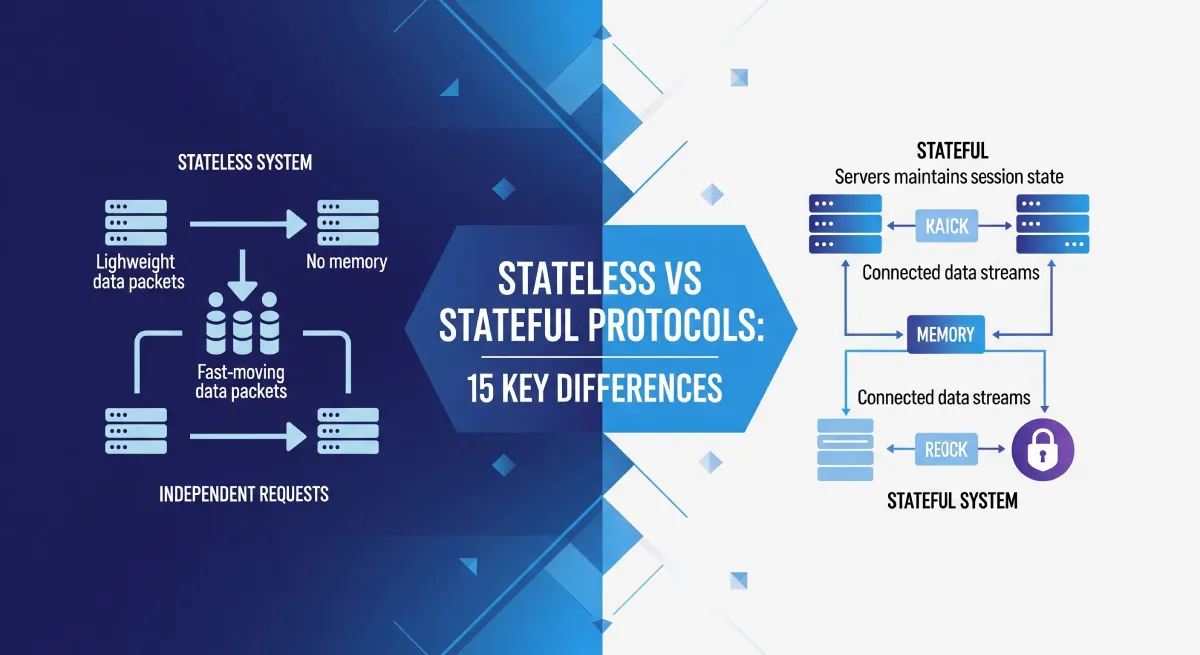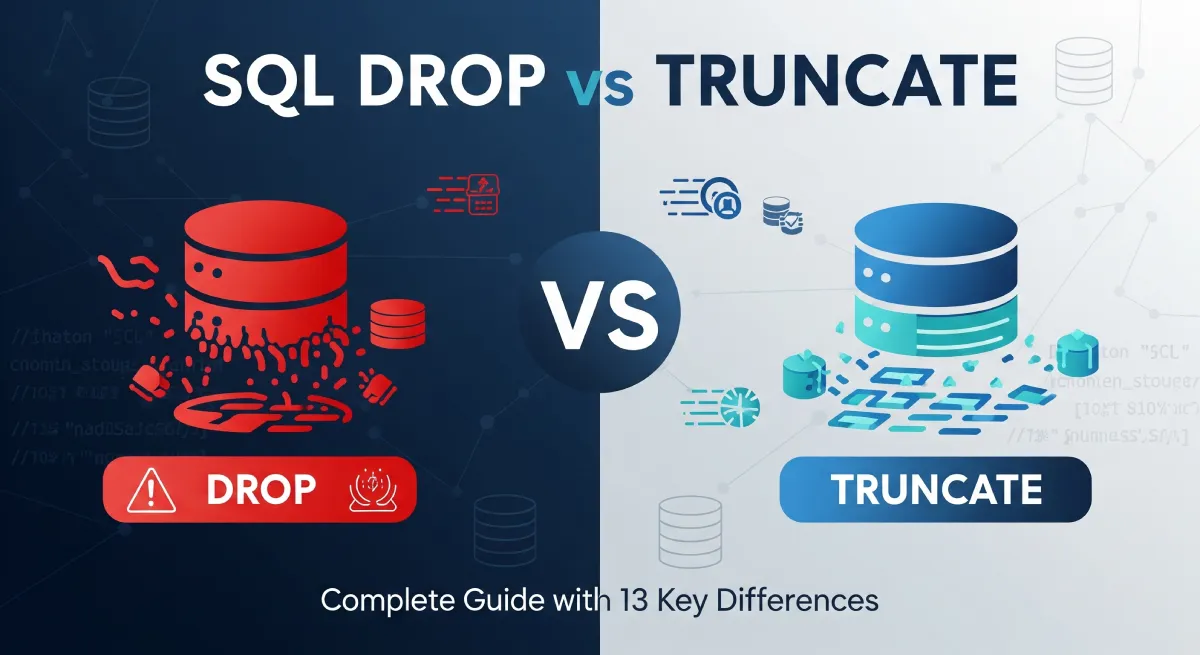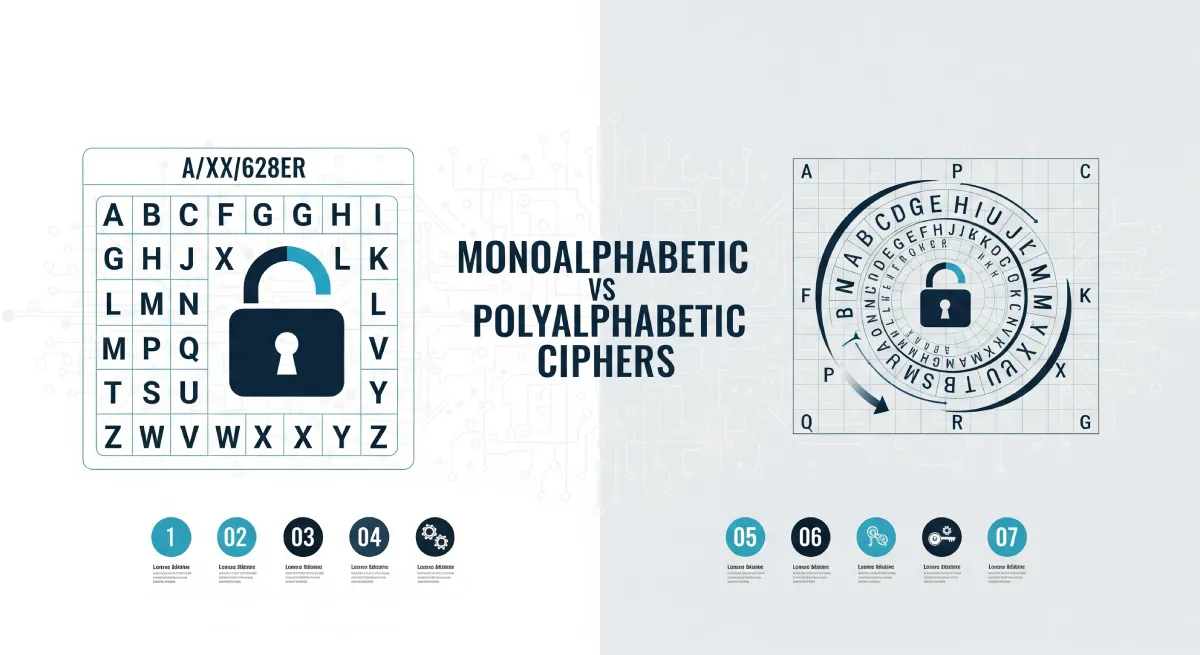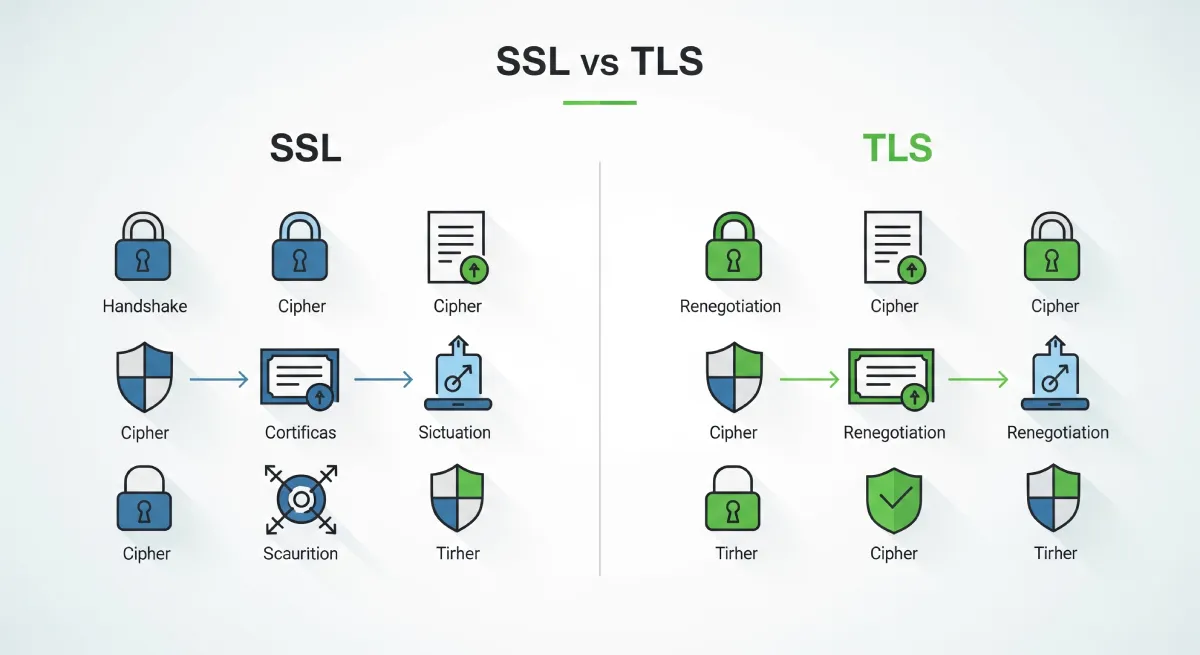Understanding SATA vs PATA is essential when comparing storage interfaces. SATA (Serial ATA) offers faster data transfer speeds and more efficient cables than PATA (Parallel ATA), making it the preferred choice for modern systems. This guide highlights their key differences and how they affect storage performance.
Understanding SATA
Overview
SATA, or Serial ATA, stands out as a modern and widely adopted technology in the realm of data transfer. The serial nature of its architecture allows for increased speed and efficiency, making it a preferred choice in contemporary computing.
Advantages of SATA
Speed: SATA’s sequential data transfer significantly enhances speed, reducing the time it takes to read and write data.
Cable Design: The streamlined, thinner cables of SATA contribute to improved airflow and better cable management within computer systems.
Compatibility: SATA has become an industry standard, ensuring compatibility with a vast array of devices and peripherals.
Unveiling PATA
Overview
In contrast, PATA, or Parallel ATA, was once a staple in the data storage landscape. Although it has been largely superseded by SATA, understanding its features is essential for historical context.
Advantages of PATA
Legacy Support: PATA’s primary advantage lies in its backward compatibility, making it suitable for older systems and devices.
Cost-Efficiency: While not as fast as SATA, PATA technology is often more cost-effective, providing a viable option for budget-conscious consumers.
The Battle of Speed: SATA Takes the Lead
When it comes to speed, SATA emerges as the clear winner. The serial architecture of SATA allows for faster data transfer rates, enhancing overall system performance. This is particularly crucial in today’s fast-paced computing environment, where speed is synonymous with efficiency.
Cable Management: The Elegance of SATA
The design of connection cables might seem like a minor consideration, but it plays a significant role in overall system optimization. SATA’s slender and flexible cables not only contribute to improved airflow within the system but also facilitate neater cable management. This is a stark contrast to the bulkier and less flexible cables associated with PATA.
Compatibility Matters: SATA’s Universal Appeal
One of the key factors influencing the choice between SATA and PATA is compatibility. SATA has become the industry standard, ensuring seamless integration with a wide range of devices, including hard drives, SSDs, and optical drives. This universality makes SATA an attractive option for modern computing systems.
PATA’s Niche: Legacy Support and Affordability
While PATA has taken a backseat in terms of speed and modern applications, it still holds relevance in specific scenarios. Its backward compatibility makes it a suitable choice for older systems or projects with budget constraints. For those seeking a cost-effective solution without the need for cutting-edge speed, PATA remains a viable option.
Key Difference Between The SATA and PATA
| SATA | PATA |
|---|---|
| Stands for Serial Advanced Technology Attachment | Stands for Parallel Advanced Technology Attachment |
| Faster | Slower |
| Provides an external interface | No external interface |
| Cable size is small | Cable size is Large |
| 5V power consumption | 250mv power consumption |
| Data transfer rate upto 600Mb/s | Data transfer rate upto 133Mb/s |
| Hot swappable | No Hot swappable |
| Industry standard, widely compatible | Backward compatibility for older systems |
| Not designed for legacy support | Primarily used for legacy systems |
| Generally higher | Cost-effective |
FAQs: Answering Your Burning Questions
Q1: Can I use SATA and PATA drives together in the same system?
Answer: Absolutely, as long as your motherboard supports both interfaces. However, keep in mind that the overall system speed may be limited by the slower PATA connection.
Q2: Which is better for gaming, SATA, or PATA?
Answer: For gaming, SATA is the preferred choice due to its faster data transfer speeds. This ensures quicker load times and smoother gaming experiences.
Q3: Can I upgrade from PATA to SATA without changing my motherboard?
Answer: Yes, you can upgrade to SATA by using a PATA to SATA adapter. However, make sure your motherboard has an available SATA port.
Q4: Is PATA still being used in modern computers?
Answer: While PATA has become less common, it is still used in certain scenarios, particularly with older systems or specialized equipment.
Q5: Does SATA or PATA have better compatibility with external devices?
Answer: SATA has better compatibility with external devices due to its industry-standard status. PATA, being older, may require additional adapters for compatibility.
Q6: Which is more cost-effective, SATA, or PATA?
Answer: PATA is generally more cost-effective than SATA, making it a suitable choice for budget-conscious users.
Conclusion
In the SATA vs PATA battle, the winner is clear based on the specific needs and priorities of the user. For those prioritizing speed, efficiency, and compatibility with modern devices, SATA stands out as the superior choice. However, for users dealing with legacy systems or looking for a budget-friendly option, PATA still has its place in the ever-expanding realm of data storage solutions.




